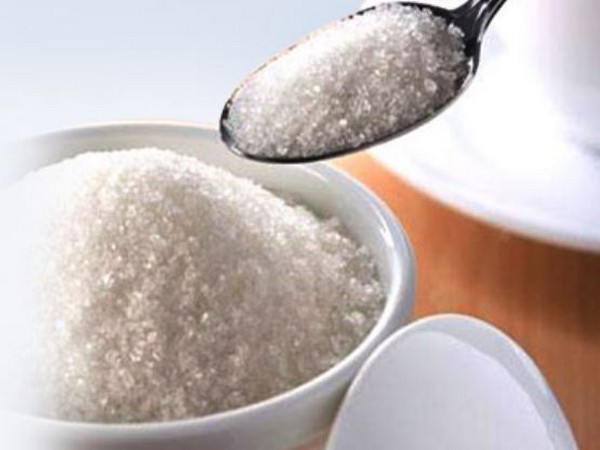
New Delhi: Favourable agro-climatic conditions, a large production base, and supportive agricultural policies are all contributing to India’s growing prominence in the global sugar market. Over the last decade, India has experienced a drastic increase in its sugar exports, emerging as a global market leader. Since 2014 India stood at 4.31 percent of the global market share. Quite dramatically, India’s contribution has risen to 12.21 percent in 2023, registering a three-fold increase. This has also established India as one of the largest sugar exporters, with a total export value worth $3.72 billion in 2023.
As of February 2025, India has exported up to 500,000 metric tons of sugar in the ongoing season, which runs from October to September, primarily to neighboring countries—Sri Lanka, Bangladesh, and Nepal—as well as to Eastern Africa. The surge in sugar exports is a testament to India's agriculture and manufacturing sectors. A robust agricultural economy supports manufacturing and tertiary occupations, thereby boosting employment.
Strong production bases and favourable agricultural policies have enabled India to cater to growing demand, particularly in Southeast Asia and Africa, strengthening its agricultural economy. India has witnessed remarkable growth in the export of cane and beet sugar, with its share of the global market rising from 4.17% in 2018 to 12.21% in 2023. The data show that India has now become the third-largest sugar exporter worldwide, up from fifth position in 2018.
Indonesia, Bangladesh, and the UAE are important destinations for India’s sugar export. In the current season, Somalia has also emerged as a major export destination, as India has exported 92,758 tonnes of sugar to Somalia by April 2025, making Somalia as the largest importer of Indian sugar.
The Indian government has prioritized increasing sugar production for various reasons. Its initiatives aim to promote ethanol blending with petrol, modernize sugar mills, and enhance the financial stability of cooperative sugar factories. For instance, during 2021-2022, over 500 million metric tons of sugarcane were produced. Of this, 71% was crushed by sugar mills to produce sucrose, 7% by sugar mills for other uses, and 1% was diverted for ethanol manufacturing.
This can be credited to India’s ethanol policy, which has transformed the sugar industry by promoting the production of ethanol from sugarcane juice and molasses . This initiative also contributes to the country’s energy security and environmental sustainability. As a testament to its success, ethanol blend percentage increased from 1.6 percent in 2013-14 to 13 percent in 2023-24, with a target of 20% by 2025. In the 2024-25 season, 35 lakh tonne of sugar is to be earmarked for ethanol production which is 1.6 times higher vis-à-vis 2024 season .
The Indian government’s decision to introduce an export quota of 1 million tonnes, following the earlier export restrictions, has helped balance domestic sugar prices and stocks while also providing financial stability to millers. As per the Indian Sugar and Bio-Energy Manufacturers Association (ISMA), “in the current year, the closing stock of sugar is projected to be at 54 lakh tonne, with sugar production remaining more than adequate to meet the exports as well as domestic demands” .
In 2023, the industrial sugar market was estimated to be worth USD 46.4 billion. By 2028, the industrial sugar sector is expected to reach USD 59.1 billion, with a CAGR of 5 percent between 2023-28 . Moreover, India's sugar market is expected to expand at a CAGR of 6.87% to touch $9.791 billion by 2028 .
The production, processing, and export capacity of India and its ability to meet global demands have positioned it as the second largest producer of sugar and the global leader in sugar production and exports, massively contributing to India’s agricultural economy and employment generation. With the favourable export and production polices, and robust agro-climatic conditions, India has witnessed enhancing trends in its sugar output and global market contribution, while maintaining sufficient supplies for the domestic market.